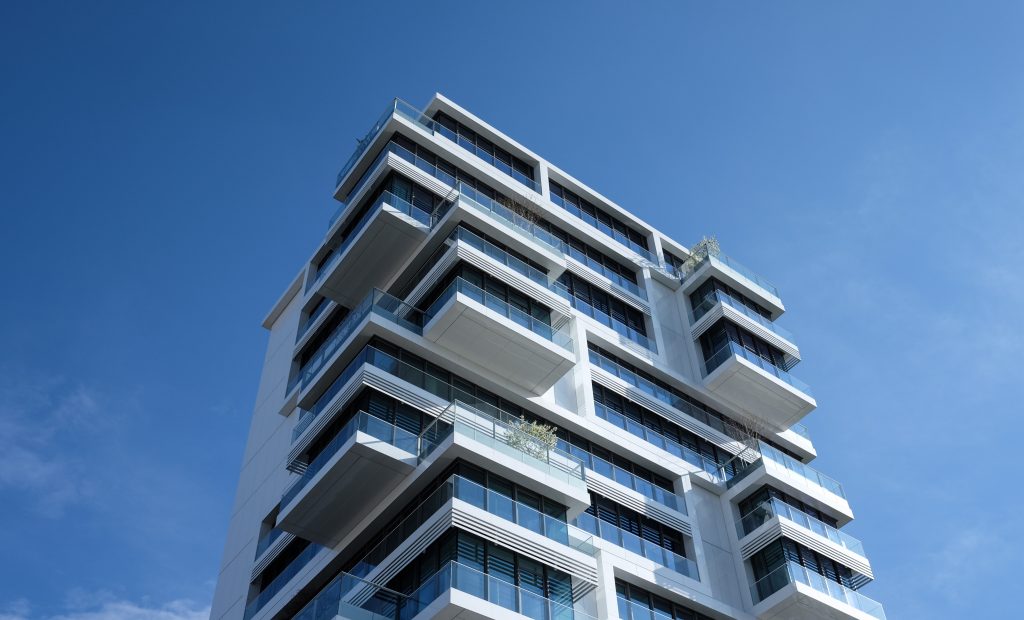Don't miss our holiday offer - 20% OFF!

Read also : Electrical Sensors Enhancing Energy Efficiency and Cost Savings
In an increasingly energy-conscious era, managing energy in commercial buildings has become a primary focus. One innovative and effective way to enhance energy efficiency is by integrating weather sensors into building control systems. This article explores how the use of weather sensors can optimize buildings and mitigate the impact of external weather conditions on energy consumption.
Contents
The Role of Weather Sensors in Building Energy Management

Read also : Automated Parking Concept: Smart Solution for Availability
Weather sensors are devices that measure various weather parameters such as temperature, air humidity, air pressure, wind speed, and more. Integrating weather sensors into building control systems enables buildings to automatically adjust their operations based on the current weather conditions. Here are some key roles of weather sensors in energy management for buildings:
Interior Temperature Control
With real-time information on external temperature, buildings can intelligently adjust HVAC (Heating, Ventilation, and Air Conditioning) systems. For example, on cold days, the heating system can be reduced to save energy, while on hot days, the cooling system can be increased.
Lighting Management
Weather sensors can also influence building lighting. On sunny days, ample natural light may suffice, allowing interior lights to be turned off or dimmed to reduce electricity consumption.
Safety and Security
External weather conditions such as storms or hazardous weather can impact building operations and safety. Weather sensors can provide early warnings and trigger appropriate emergency actions.
Benefits of Optimizing Buildings with Weather Sensors

Read also : Security and Privacy in Connected Parking Systems: Challenges and Solutions
Integrating weather sensors into building control systems offers several benefits:
Energy Savings
Smarter adjustments based on weather conditions can significantly reduce energy consumption, resulting in substantial operational cost savings.
Occupant Comfort
When interior temperature and lighting are optimally adjusted to external weather conditions, building occupants will feel more comfortable, enhancing productivity and satisfaction.
Carbon Footprint Reduction
By reducing energy consumption, buildings can decrease carbon emissions, contributing to global efforts to address climate change.
Implementing Weather Sensors in Buildings

Read also : Security and Preparedness Enhanced by Smart EWS Technology
The use of weather sensors in buildings can vary depending on the building’s size and purpose. Building managers should collaborate with technology solution providers to integrate weather sensors with existing control systems.
Conclusion

Read also : Smart EWS: Enhancing Speed and Accuracy of Response
Optimizing buildings with weather sensors is a crucial step in improving energy efficiency and occupant comfort. With smart use of weather sensors, buildings can reduce energy consumption, lessen environmental impacts, and enhance the quality of life for their occupants. This innovation is a significant stride towards a more sustainable future in commercial building management.





